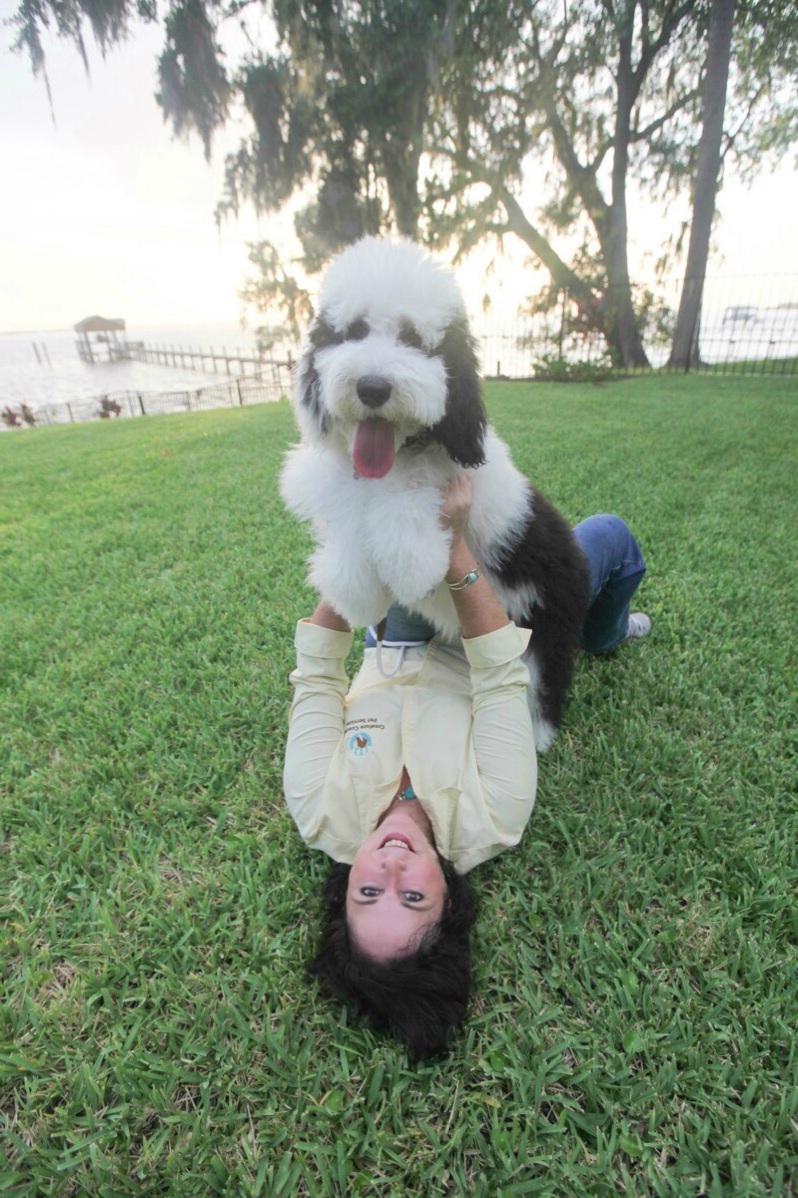Is there anything special I need to know about adopting a puppy with no littermates?
/Although not common, litters can consist of only one puppy referred to as a “Singleton” puppy. There are several factors that can play a part, including larger breeds who tend to produce larger numbers of puppies since, from a biological standpoint, they're more capable of carrying a big number of pups than smaller dogs. Older and younger dogs tend to produce smaller litters, while those around three to four years of age generally produce larger litters. The age of the male can also have an effect, as older dogs have reduced sperm counts and poorer quality sperm. The level of inbreeding also has an effect, as the more inbred a litter is, the smaller the puppy count is likely to be. If both parents are in optimum health, this maximizes the chances of having a larger litter.
Puppies learn a lot from their littermates like how to play nice, when biting becomes too hard, how to handle conflict, how to control their impulses, etc. If you are adopting a dog from a breeder, then you’ll know that the puppy is a singleton. However, if you are adopting a dog from a shelter or another rescue group, they may not have background on the dog’s history. There are some common issues that single puppies can encounter. For example, a singleton may be great at forming strong bonds with other humans but struggle to interact normally with other dogs. For instance, they may play too rough, growl, whine, bark excessively, bite too hard, be unruly when they don’t get their way, and be uncomfortable being handled.
There are some things you can do to ensure that your puppy grows into a well-behaved dog. This is especially true if you are bringing a singleton puppy into a household with no other pets. This was the case with one of my client’s dog who was especially nippy and played too rough. The puppy did not know the difference between being “mouthy” and biting so hard that it would often break the skin or leave bruises. The puppy excessively jumped on people and had difficulty not peeing when excited. There was very little impulse control. There were tips we used to curb nipping by using techniques like saying ‘Ow” very loudly anytime the puppy nipped to let the dog know that the biting was not acceptable, similar to what a littermate would do if their sibling bit them too hard. Also, by spraying Bitter Apple on the owner’s hands prior to playing with their puppy helped deter the puppy from wanting to put their mouth on any area that had been sprayed with Bitter Apple. By providing acceptable toys like Kong for the puppy to chew on, and flirt poles that allowed the owner to have play time with their dog without their hands being in close contact with the puppy allowed the dog to chew on appropriate items.
To help with impulse control, consider training when the dog is a little tired and a little hungry so that the puppy will be more motivated by training treats without being overly hyper. It’s always good to train within a dog’s behavioral threshold. For instance, a puppy isn’t likely to be able to stay in one spot for more than a few seconds when you’re first teaching Sit-Stay in the beginning, so start with challenges that the puppy can meet and then make the activities more challenging over time. This will set up your puppy for success and keep you from being frustrated during training sessions. Use opportunities to teach your dog impulse control through exercises like Sit-Stay before placing their food bowl on the ground.
Sign your dog up for puppy school. This will provide your puppy with play time and learn socialization skills. If your dog is too young to attend puppy school, you could see if another litter in your area has recently been born and is the same age as your puppy and ask the owner if they are willing to let your puppy interact with their litter. You could also get your puppy used to being handled by cleaning your puppy regularly and providing stuffed toys to mimic littermates. You will also want to teach your puppy self-control and how to deal with frustration, by ensuring that they don't always get their way. For example, don't pick your pup up and shower them with attention every time they whine. Instead, wait until they have calmed down. Continue to socialize your dog with other canines as they grow older so that they know how to interact with other dogs.

